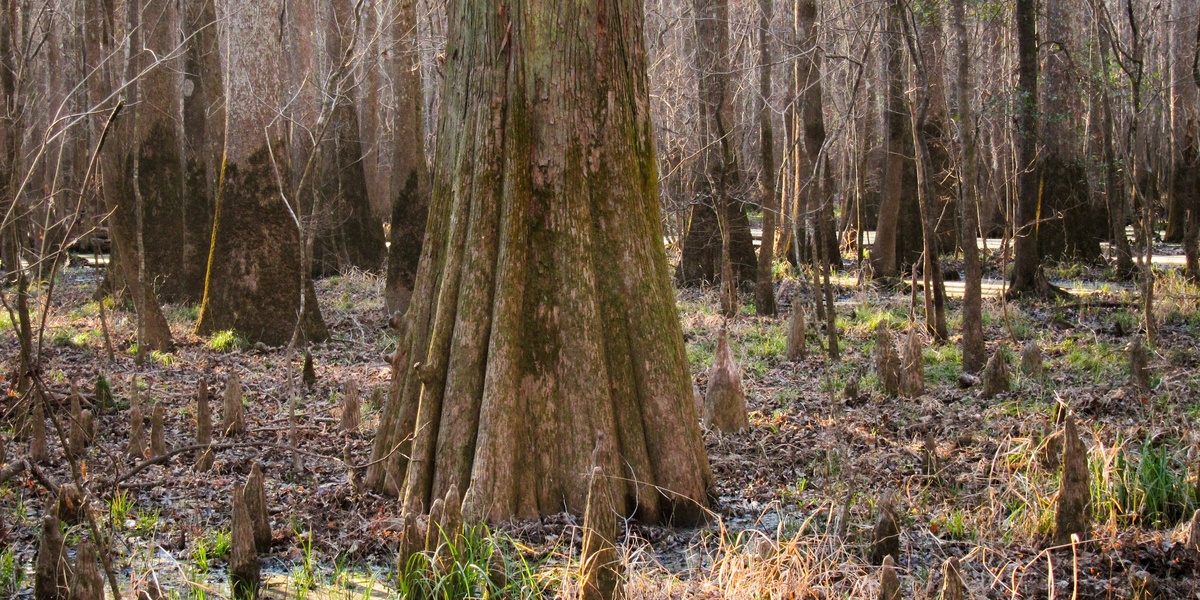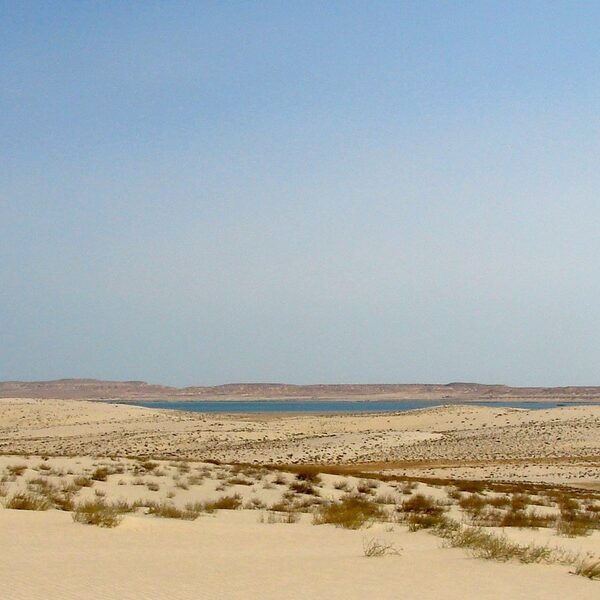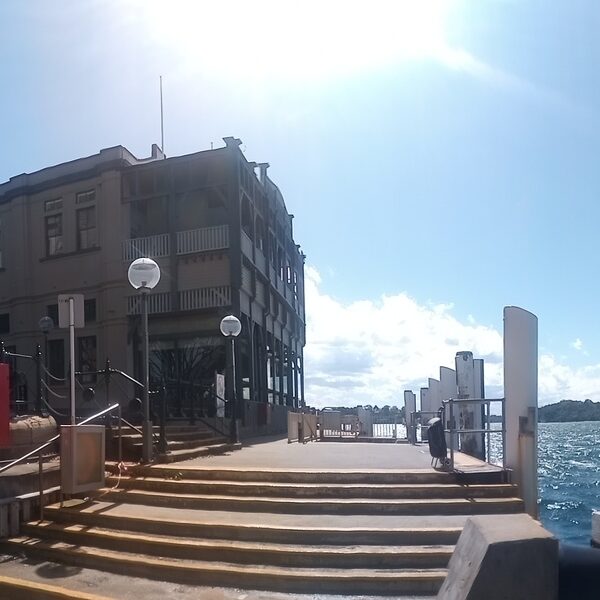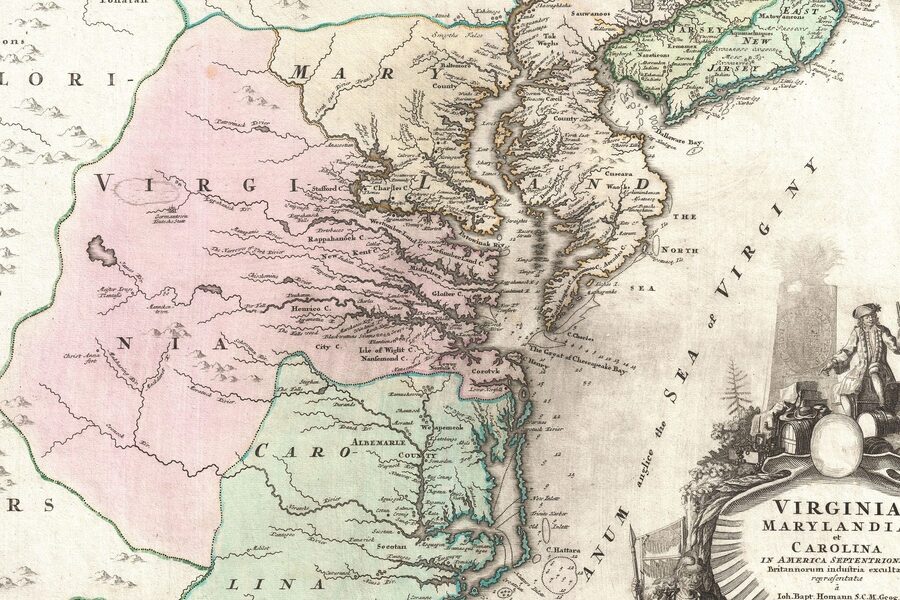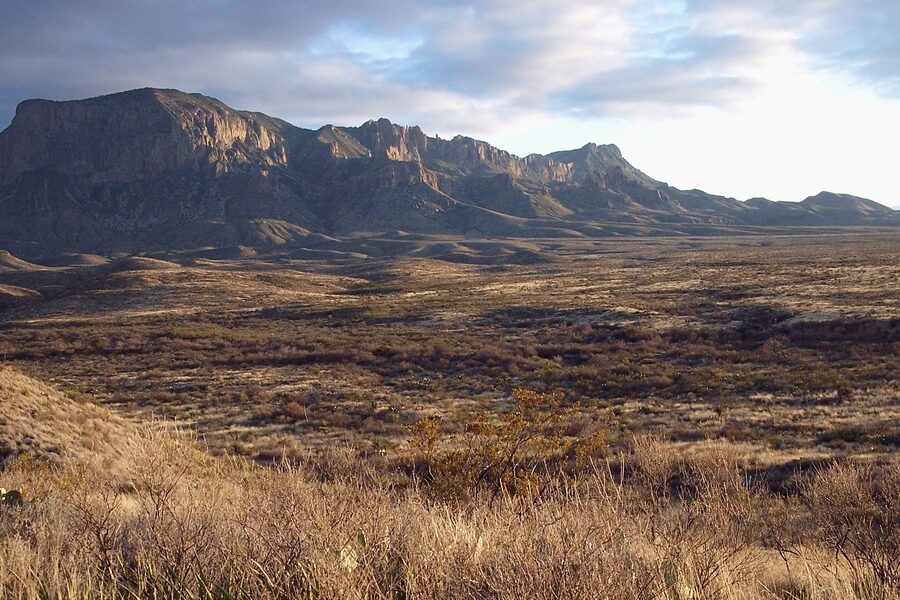South Carolina offers a fascinating blend of historical depth and natural beauty, from its barrier islands to its upcountry forests. This rich tapestry is carefully preserved in various federal sites, inviting visitors to step back in time or connect with the state’s diverse ecosystems.
When exploring these treasured locations, you’ll discover the National Parks in South Carolina, a collection of 9 distinct units. This comprehensive list covers everything from the agricultural heritage at Charles Pinckney National Historic Site to the pivotal stories at Reconstruction Era National Historical Park. For each entry, you’ll find essential details organized by NPS Unit Type, Location (County), Area (ha), and Main Attraction below.
Are there any “traditional” National Parks in South Carolina?
While South Carolina is home to 9 units managed by the National Park Service, it does not contain a “traditional” National Park like Yellowstone or Yosemite, which are typically large natural areas designated primarily for ecosystem preservation and recreation. The NPS units in South Carolina primarily focus on preserving significant historical sites, cultural landscapes, and unique natural features, such as Congaree National Park, which protects an old-growth bottomland hardwood forest.
What’s the main focus of National Park Service sites in South Carolina?
The National Park Service sites in South Carolina predominantly focus on preserving and interpreting the state’s rich and complex history, alongside protecting specific natural resources. Many units, like Fort Sumter and Fort Moultrie National Historical Park or Reconstruction Era National Historical Park, highlight pivotal moments in American history. Congaree National Park stands out as the primary natural area, emphasizing ecological preservation of a unique floodplain forest.
National Parks in South Carolina
| Park Name | NPS Unit Type | Location (County) | Area (ha) | Main Attraction |
|---|---|---|---|---|
| Congaree National Park | National Park | Richland | 10,802 | Largest intact expanse of old-growth bottomland hardwood forest in the southeastern United States, famous for its ‘champion’ trees. |
| Charles Pinckney National Historic Site | National Historic Site | Charleston | 11 | Preserves the Snee Farm plantation of Charles Pinckney, a signer of the U.S. Constitution, and interprets Lowcountry history. |
| Cowpens National Battlefield | National Battlefield | Cherokee | 340 | Commemorates the 1781 Revolutionary War battle where Patriot forces won a decisive victory over the British. |
| Fort Sumter and Fort Moultrie National Historical Park | National Historical Park | Charleston | 97 | Site of the first shots of the American Civil War (Fort Sumter) and a key coastal defense site from the Revolution through WWII (Fort Moultrie). |
| Kings Mountain National Military Park | National Military Park | York, Cherokee | 1,596 | Site of a pivotal 1780 Patriot victory during the Southern Campaign of the Revolutionary War. |
| Ninety Six National Historic Site | National Historic Site | Greenwood | 400 | Preserves the site of a 1781 Revolutionary War siege and an earlier colonial trading post and fort. |
| Reconstruction Era National Historical Park | National Historical Park | Beaufort | 26 | Tells the story of the period following the Civil War when the nation struggled with rebuilding and defining freedom. |
| Gullah/Geechee Cultural Heritage Corridor | National Heritage Corridor | Beaufort, Charleston, Colleton, Georgetown | Not applicable (corridor) | Recognizes and preserves the unique culture of the Gullah Geechee people, descendants of enslaved West and Central Africans. |
| Overmountain Victory National Historic Trail | National Historic Trail | Cherokee, York | Not applicable (linear trail) | Traces the 330-mile route used by patriot militia to the pivotal Battle of Kings Mountain in 1780. |
Images and Descriptions
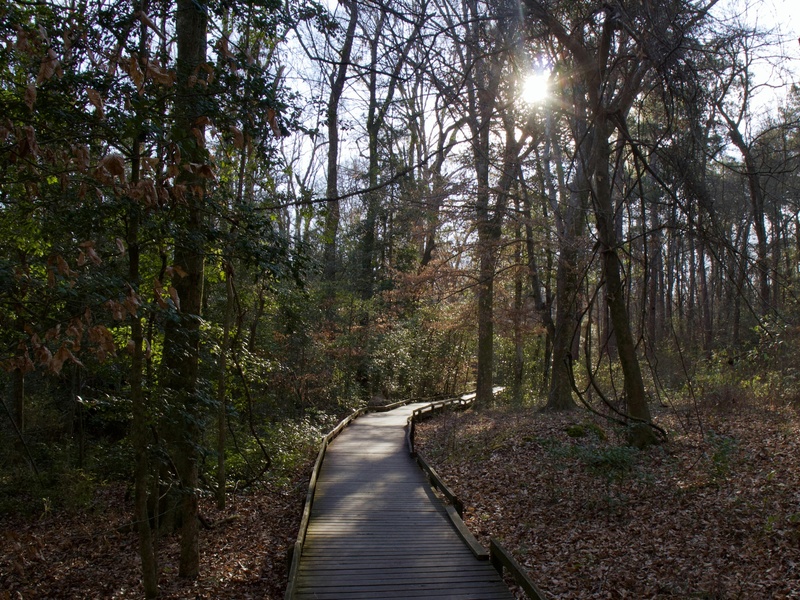
Congaree National Park
This is South Carolina’s only National Park. It protects the largest intact old-growth bottomland hardwood forest in the southeastern United States. Visitors explore towering trees, diverse wildlife, and a unique floodplain ecosystem. Its inclusion in this post is central because it holds the “National Park” designation.
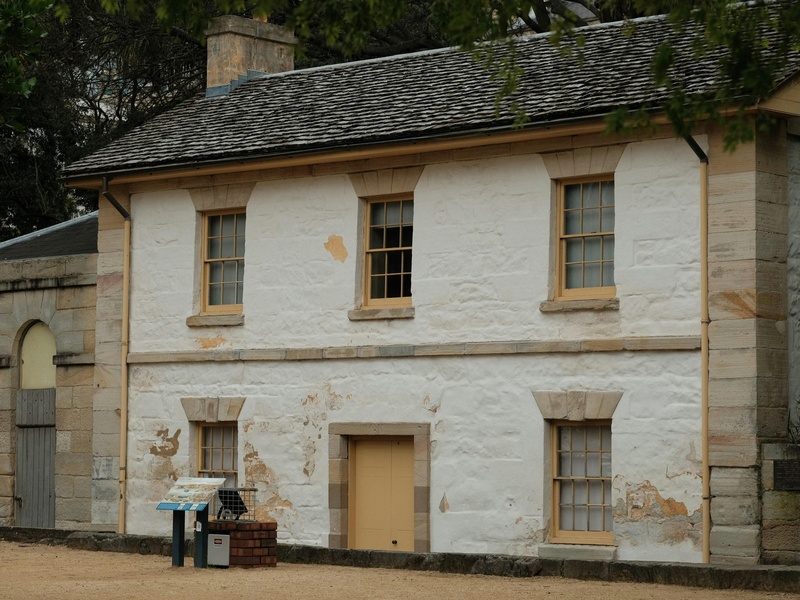
Charles Pinckney National Historic Site
This site preserves the plantation home and legacy of Charles Pinckney. He was a principal framer and signer of the United States Constitution. Located in Mount Pleasant, it is a vital part of the National Park Service’s historical collection in South Carolina.
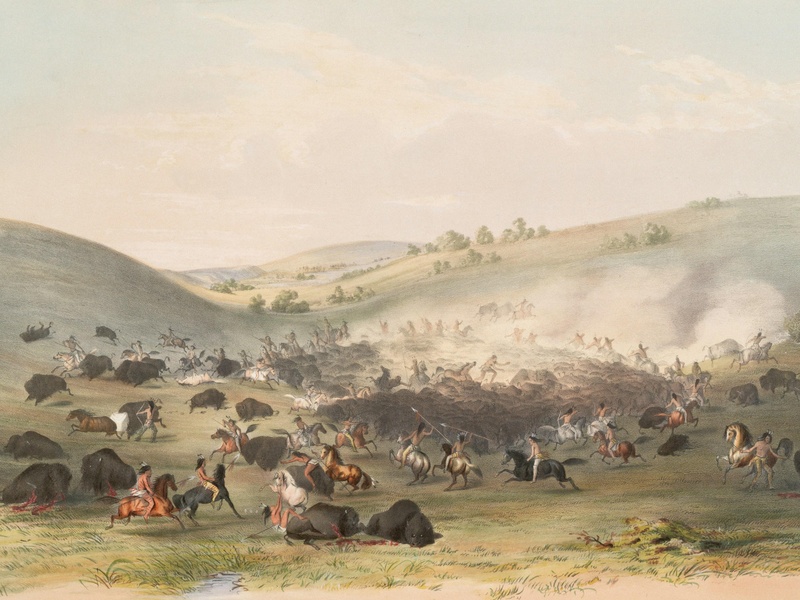
Cowpens National Battlefield
This hallowed ground commemorates a pivotal American victory during the Revolutionary War. The 1781 Battle of Cowpens showed a decisive defeat for the British forces. This National Park Service unit in northern South Carolina tells a key story of American independence.
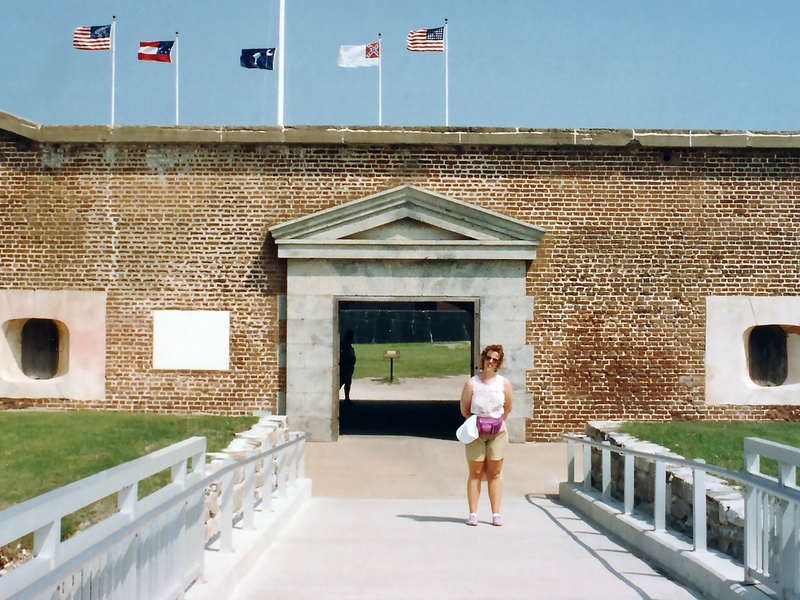
Fort Sumter and Fort Moultrie National Historical Park
This park protects two historic fortifications that guarded Charleston Harbor. Fort Sumter is famous as the site where the first shots of the Civil War were fired. Fort Moultrie defended the harbor during the Revolutionary War. These sites are crucial National Park Service units in South Carolina.
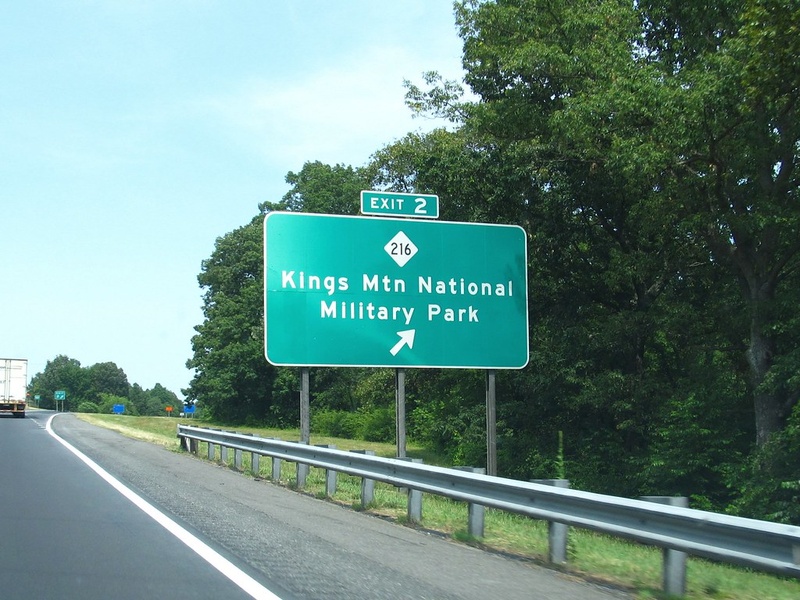
Kings Mountain National Military Park
This park preserves the site of a significant Revolutionary War battle. The Battle of Kings Mountain in 1780 was a crucial American victory. It helped turn the tide of the war in the southern states. It is an important National Park Service site in South Carolina.
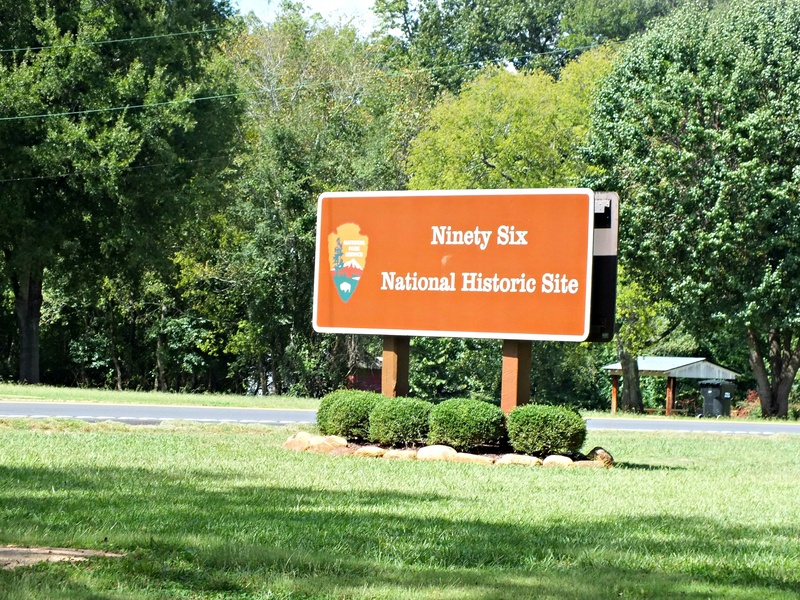
Ninety Six National Historic Site
This site features a star-shaped Revolutionary War fort and colonial village remains. It also protects evidence of much older Native American settlements. Located in western South Carolina, this National Park Service unit tells a long and varied history of the area.
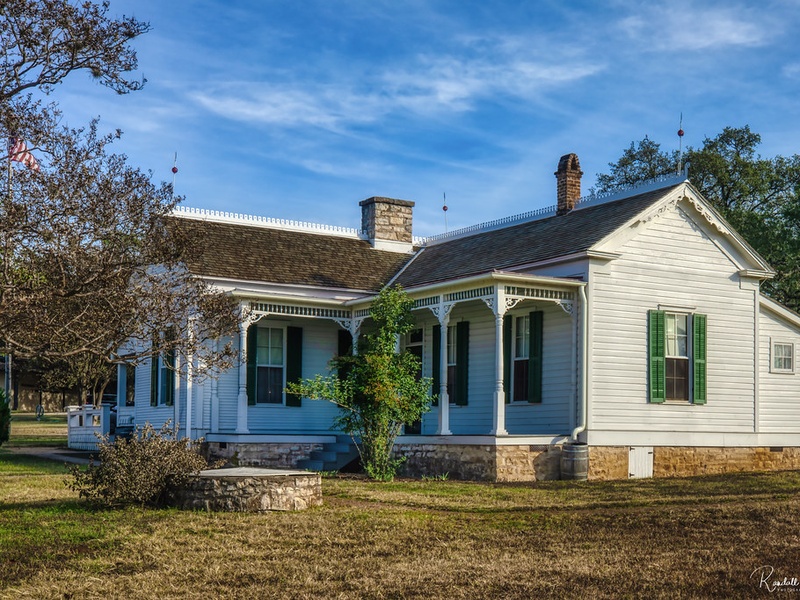
Reconstruction Era National Historical Park
This park preserves sites in Beaufort County, South Carolina, that tell the story of the Reconstruction Era. This period followed the Civil War. It highlights the struggles and triumphs of African Americans newly freed from slavery. It is a unique National Park Service unit in South Carolina.
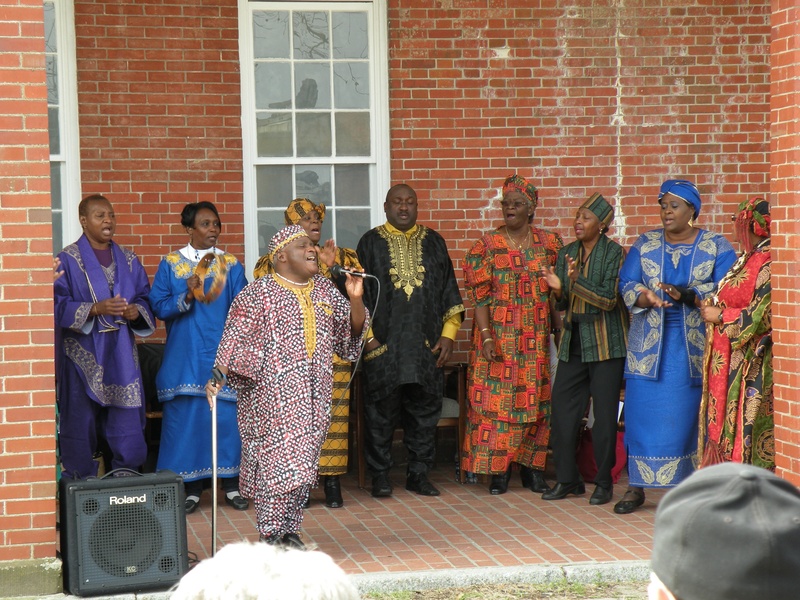
Gullah/Geechee Cultural Heritage Corridor
This corridor recognizes the unique cultural contributions of the Gullah/Geechee people. Their traditions originated from West and Central Africa. The corridor stretches along the coast from North Carolina to Florida, including significant parts of South Carolina. It is an important National Park Service-affiliated area.
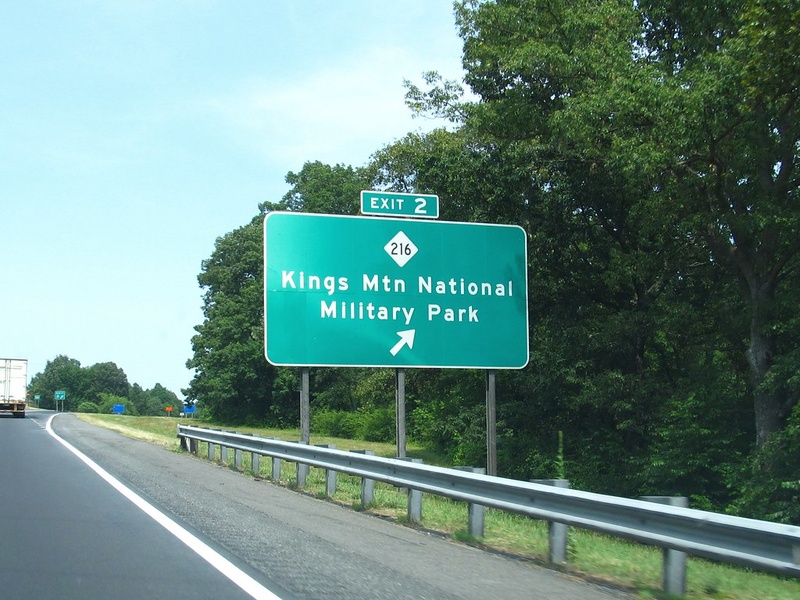
Overmountain Victory National Historic Trail
This trail traces the route of Patriot militiamen during the Revolutionary War. They marched to the decisive Battle of Kings Mountain. While it spans multiple states, a significant portion runs through South Carolina. It is a designated National Historic Trail under the National Park Service.

